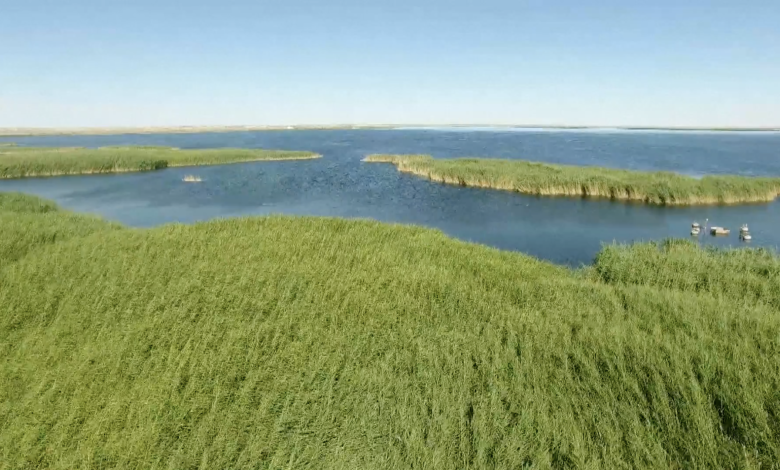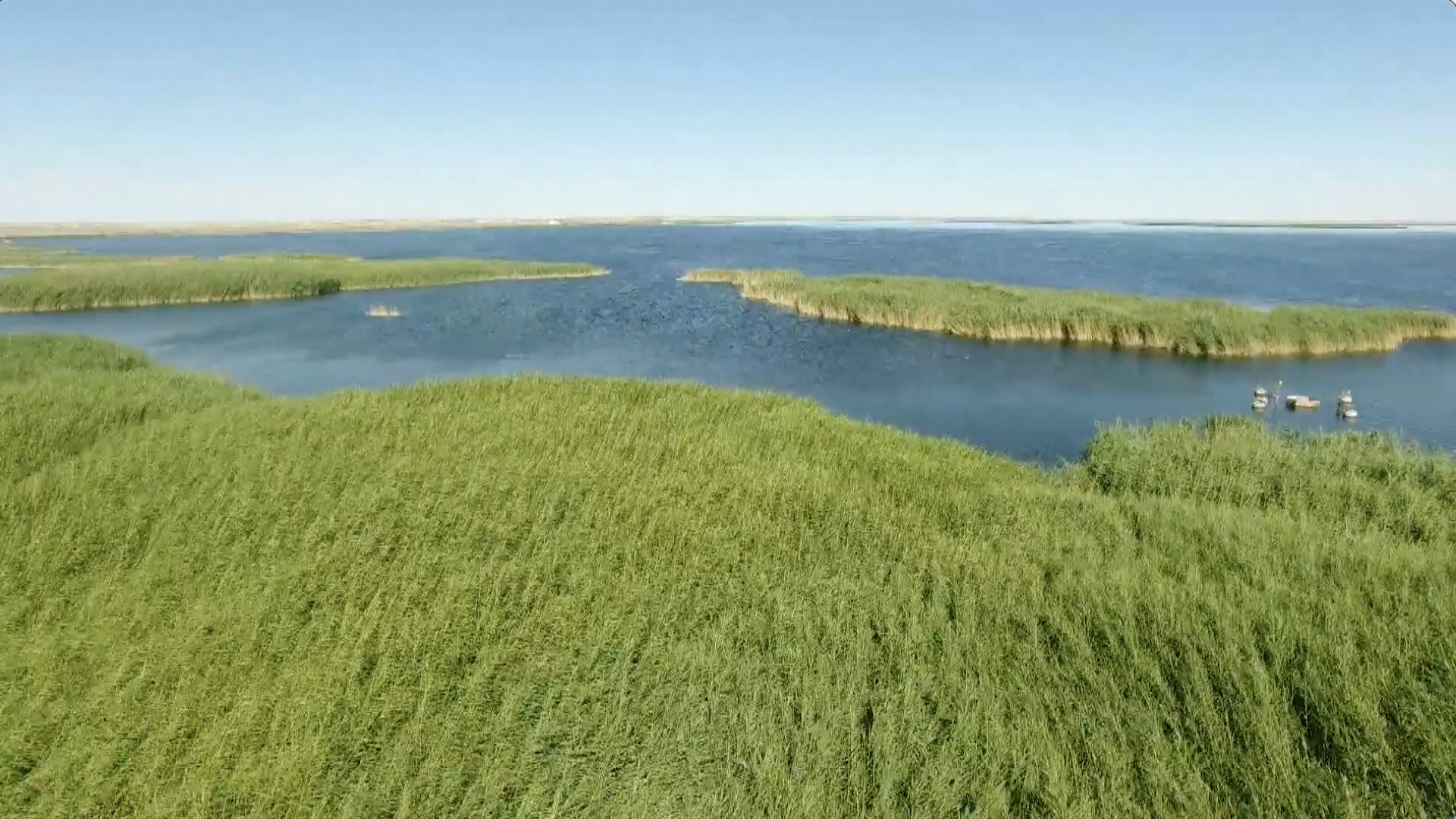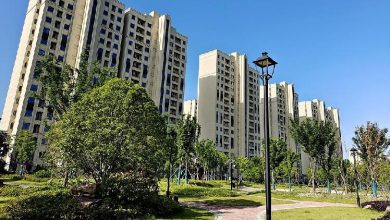Once dried-up lake in Inner Mongolia resumes vitality


An ecologically vital lake at the tail of the Heihe River, China’s second largest continental river, has not dried up for 20 consecutive years, indicating that water diversion efforts have alleviated the river from drying up, according to the Yellow River Conservancy Commission of the Ministry of Water Resources on Tuesday.
The East Juyan Lake, located in Ejin Banner, north China’s Inner Mongolia Autonomous Region, dried up in 1992 after water in the middle and upper reaches of the Heihe River was intercepted for irrigation in the 1950s and 1960s.
The drying up also caused the expansion of the three surrounding deserts – the Badain Jaran, the Tengger, and the Ulan Buh – at a speed of 100,000 hectares per year. Loose sand would be blown up by the wind and turned into sandstorms that sweep north China in the spring season.
The lake depends on water flowing from the Heihe River, but flows were unable to reach the lake because of the overuse of water in the middle and upper reaches. After remaining dry for 10 years from 1992 to 2002, the East Juyan Lake has been gradually restored since China started a project to control its desertification in 2001.
August 20, 2005 marked the first time the lake had not dried up for an entire year. Currently, its water area is maintained at 30 to 40 square kilometers throughout the year. A total of 133 bird species inhabit its waters and shores, with more than 100,000 individuals of migratory birds.
The ecological environment around East Juyan Lake has also been significantly improved, with the number of sandstorms in Ejin Banner declining by 50 percent since the 1980s.
The Heihe River is an important ecological barrier in the northwestern region of China. There has been less water flowing into the river since last year, so the Ministry of Water Resources has conducted three water diversions into the East Juyan Lake, one in winter and two others in spring. It is the first time that consecutive water diversions were conducted in the winter and spring seasons.
In early August, the Heihe River Basin Administration Bureau, for the first time, used the Huangzang Temple water conservancy project in ecological water diversion, providing an important guarantee of water supply to ensure that the East Juyan Lake does not dry up for another 20 consecutive years, as well as the protection of oases along the basin.
“Since the implementation of the comprehensive water diversion project, we have striven to realize the water distribution plan of the Heihe River’s main stream. A total of 1.276 billion cubic meters of water have been diverted to the East Juyan Lake, with an average annual water diversion of 58 million cubic meters,” said Liu Longtao, deputy director of the Heihe River Basin Administration Bureau Office.





